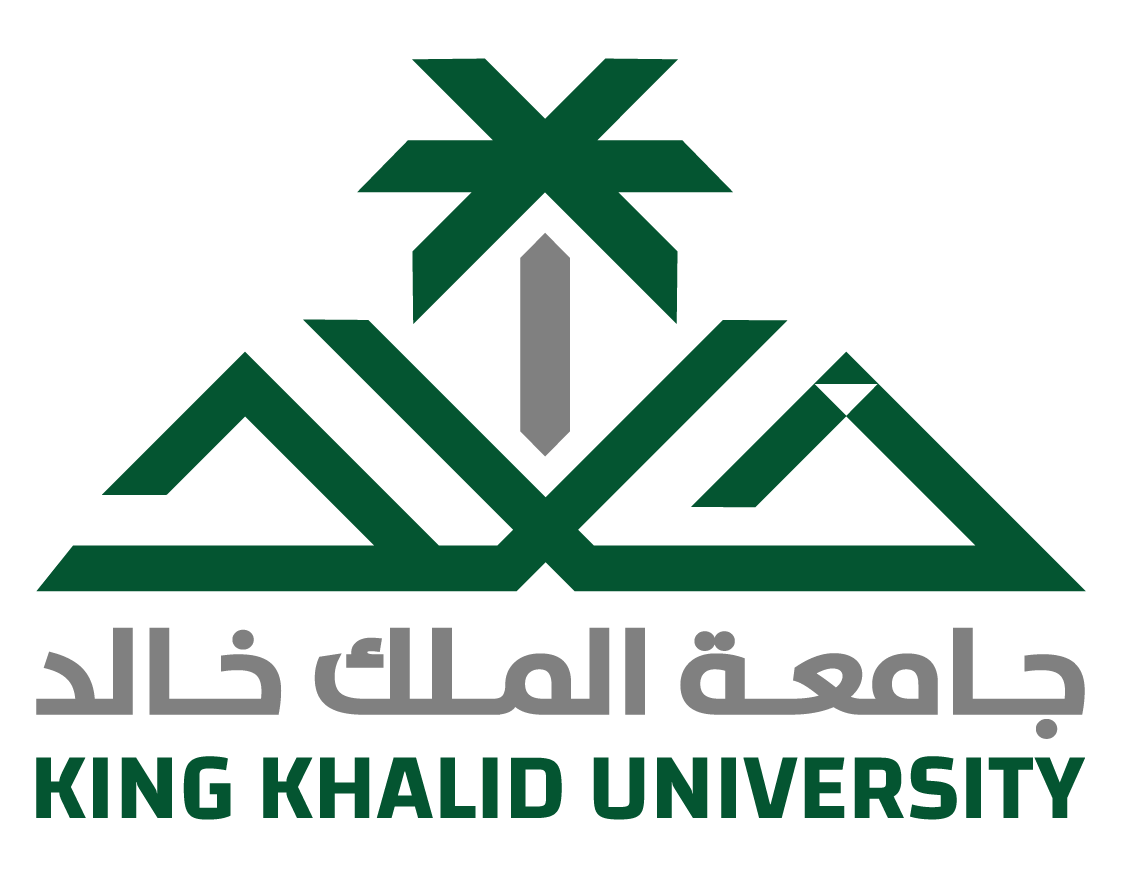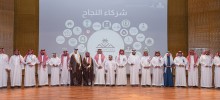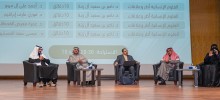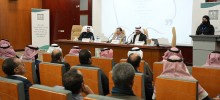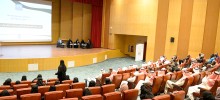In a Symposium .. "John Healy" reviews aspects of the inscriptions of Mada'in Saleh and the Nabataean Culture
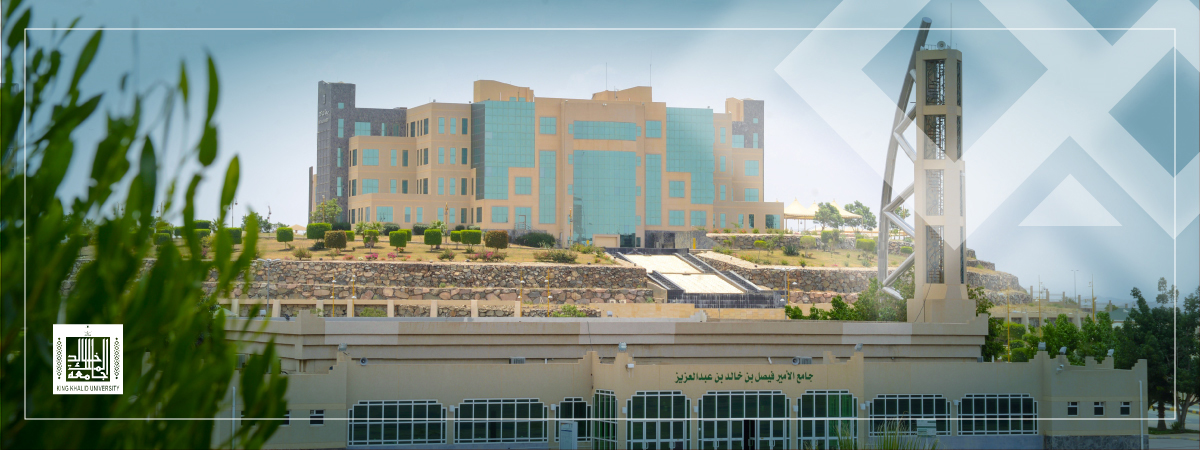
King Khalid University, represented by the Department of History at the College of Human Sciences, recently organized a scientific symposium entitled "The Nabatean Tomb Inscriptions of Northwest Saudi Arabia - Aspects of the Mada'in Saleh Inscriptions and Nabatean Culture" by John Francis Healy, Professor of Ancient History Emeritus at the University of Manchester in Britain. In the presence of a large number of faculty members from the departments of history and guests from around the Kingdom of Saudi Arabia.
At the beginning of the symposium, the Dean of the College, Prof. Yahya Al-Sharif, expressed his joy and appreciation towards his Excellency the President of the University, Prof. Faleh bin Rajaa Al-Sulami for his support and interest in everything that promotes academic and scientific work, he also extended his appreciating towards the college's history department for holding the event.
The moderator of the session, Vice Dean of the College of Humanities for academic affairs Dr. Abdulaziz Abu Dahesh, presented the John Healy the guest speaker , who followed by talking about the motives that aroused his interest in studying the Nabatean inscriptions and their prominent role in knowing the ancient civilizational history of the regions north of the Arabian Peninsula and the south of the ancient Phoenician coast. He then gave a quick presentation on the history of the Nabataean kingdom and discussed the conflicting opinions about the original origin of the Nabataeans and their effective role in the region. He also discussed the sources of the history of the Nabataean kingdom, especially the inscriptions that were revealed in the middle of the nineteenth century AD.
Healy, continued to discuss the development of the history of the foreign relations of the Nabataeans with the political and military forces at the time, using evidence and drawings that confirm his facts. He explained its relationship with the Seleucid state at the end of the fourth century BC, and its relationship with the Maccabees in the middle of the second century BC, as well as the period of prosperity and strength during the first century BC; Until their own coins were minted, similar to the major powers in the ancient world.
Healy, also discussed the significance of the names and titles of the Nabatean kings, and analyzed some Nabataean and Aramaic inscriptions that were discovered in Mada'in Saleh, and were compared to similar inscriptions and manuscripts in the Sinai Peninsula, Petra in Jordan, and the Fentayez Island, in addition to the inscriptions found in the Sinai oasis. He highlighted the specificity of Mada'in Saleh's inscriptions and their uniqueness in terms of form and content. He finally mentioned some funerary inscriptions that enriched the social life of the Nabateans, and concluded his talk about the Nabataean religion found in the inscriptions discovered in Mada'in Saleh.
